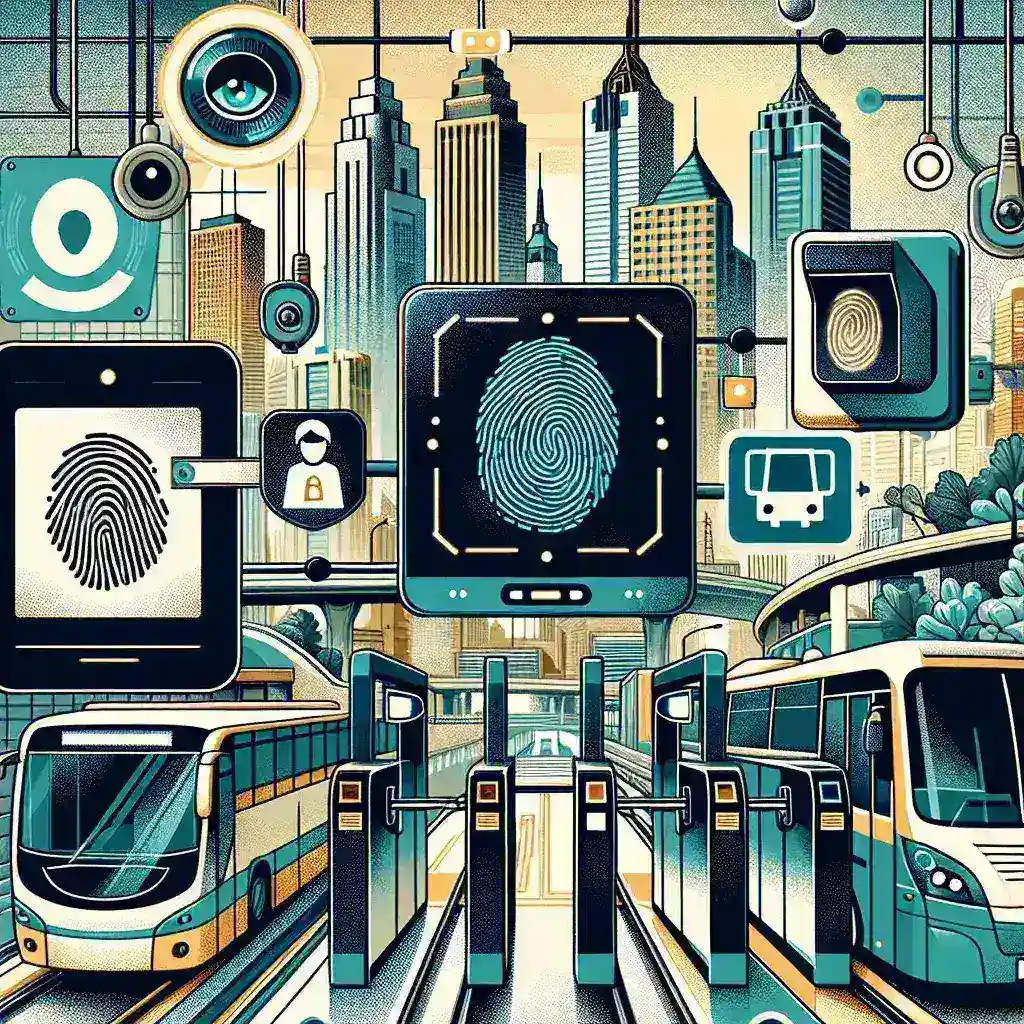Introduction
In recent years, cities around the globe have embraced technological advancements to enhance public transportation systems. Among these innovations, biometric payment methods have emerged as a game-changer, providing seamless and secure fare collection processes. This article explores the adoption of biometric payment methods in transit systems across various cities, examining their advantages, challenges, and future implications.
What Are Biometric Payment Methods?
Biometric payment methods leverage unique biological characteristics of individuals, such as fingerprints, facial recognition, and iris scans, to authenticate transactions. These methods offer enhanced security, speed, and convenience, making them ideal for fast-paced environments like public transport.
Types of Biometric Payment Methods
- Fingerprint Recognition: The most common biometric method, where users scan their fingerprints to complete transactions.
- Facial Recognition: Users are identified through facial features captured via cameras, allowing for contactless payments.
- Voice Recognition: Utilizes voice patterns for authentication, suitable for mobile transit applications.
- iris Recognition: This advanced biometric method uses the unique patterns in the colored part of the eye for identification.
Historical Context of Biometric Payments in Transit
The concept of biometric payments is not entirely new. The first introduction of biometric technology in public transport began in the early 2000s, primarily focusing on fingerprint recognition for employee access control. However, it wasn’t until the late 2010s that cities like London and Singapore started integrating biometrics into their fare collection systems.
Case Study: London
In London, the Oyster card system initially dominated the public transport payment landscape. However, with the increasing demand for contactless payment options, Transport for London (TfL) began piloting biometric systems, such as facial recognition at key transport hubs for enhanced fare management.
Case Study: Singapore
Singapore’s transit system has long been a pioneer in adopting innovative technologies. The city-state implemented biometric payment methods in 2019, allowing commuters to pay for their rides using facial recognition technology at various MRT stations.
Advantages of Biometric Payment Methods
Adopting biometric payment methods in transit systems presents several advantages:
- Enhanced Security: Biometric methods significantly reduce the risk of fraud as they rely on unique biological features rather than cards or passwords.
- Speed and Convenience: Commuters can complete transactions quickly without fumbling for cards or cash, improving overall transit efficiency.
- Cost Savings: Public transport authorities can reduce costs associated with card production and maintenance.
- Data Insights: Biometric systems can provide valuable data on commuter patterns and preferences.
Challenges and Considerations
Despite their advantages, the integration of biometric payment methods in transit systems comes with challenges:
- Privacy Concerns: The collection of biometric data raises significant privacy issues, as users may be hesitant to share their personal information.
- Technological Limitations: Biometric systems require advanced technology that can be expensive to implement and maintain.
- Public Acceptance: Gaining the public’s trust in using biometric methods can be challenging, especially in the face of data breaches.
Future Trends in Biometric Payments in Transit Systems
As technology continues to evolve, we can expect to see several trends in biometric payments within transit systems:
- Integration with Mobile Payment Platforms: Future systems may integrate biometric payments with popular mobile wallets, allowing for even more convenient transactions.
- Expansion to Other Cities: As cities witness the successful implementation of biometric payments, more are likely to adopt these methods in the coming years.
- Improved Technology: Advances in biometric recognition technology will likely enhance accuracy and reduce costs.
Conclusion
The adoption of biometric payment methods in transit systems is poised to revolutionize how commuters interact with public transportation. While challenges remain, the benefits of enhanced security, convenience, and cost-efficiency are driving cities towards this innovative solution. As we look ahead, the future of public transit may very well lie in the palm of our hands—or rather, in our unique biological traits.

